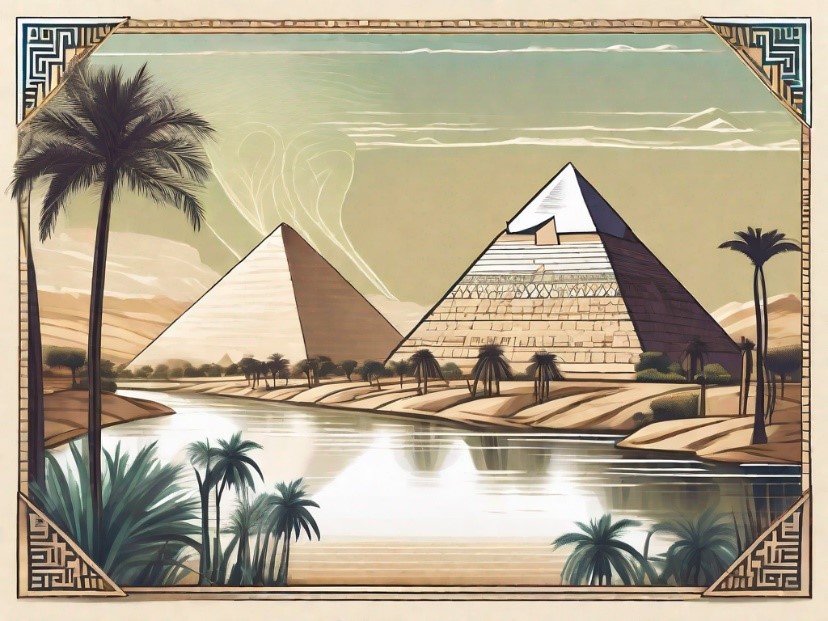Free Courses Sale ends Soon, Get It Now


Free Courses Sale ends Soon, Get It Now



Disclaimer: Copyright infringement not intended.
Context
The Mighty Nile: Lifeline of Ancient Egypt
Insights into Pyramid Building
Rediscovering the Nile's Hidden Branch
Changes in the Environment and Nile's Path
Wrapping Up
|
PRACTICE QUESTION Q. Which of the following rivers recently unveiled a previously undiscovered tributary, christened "Ahramat"? A) Amazon B) Nile C) Ganges D) Yangtze |
SOURCE: DOWN TO EARTH
© 2024 iasgyan. All right reserved